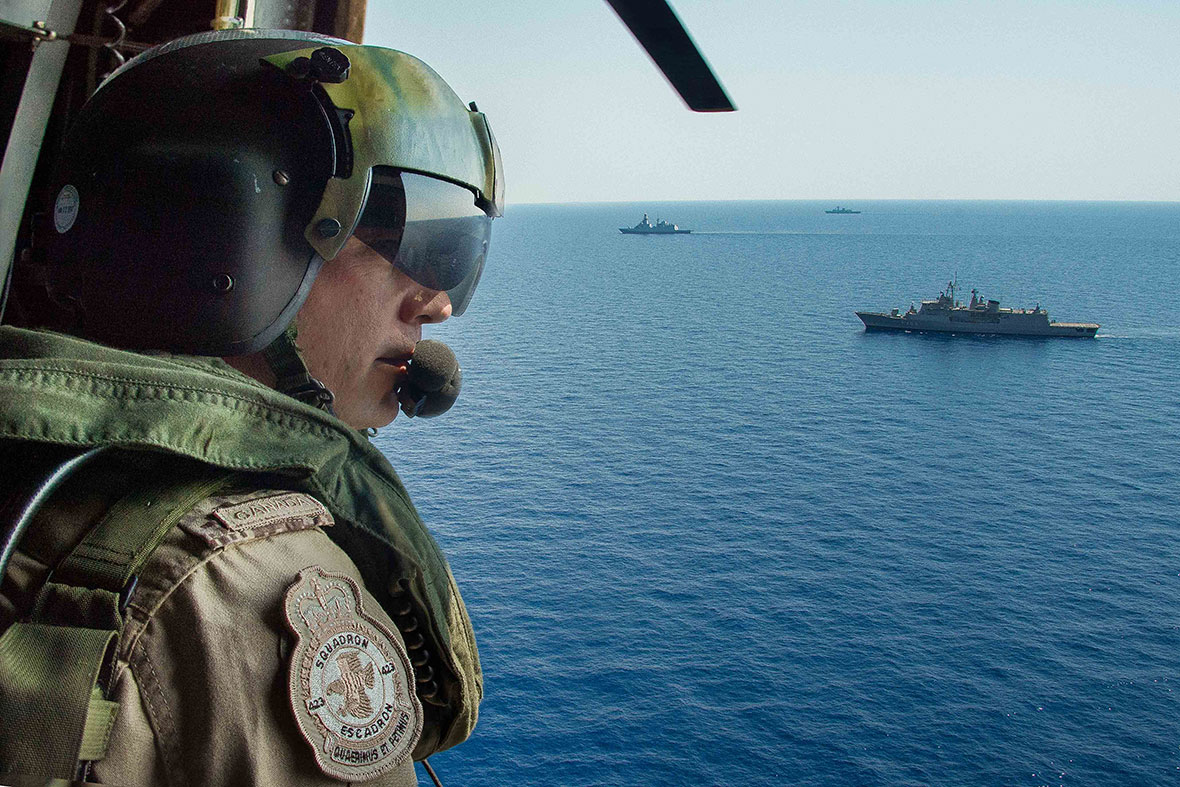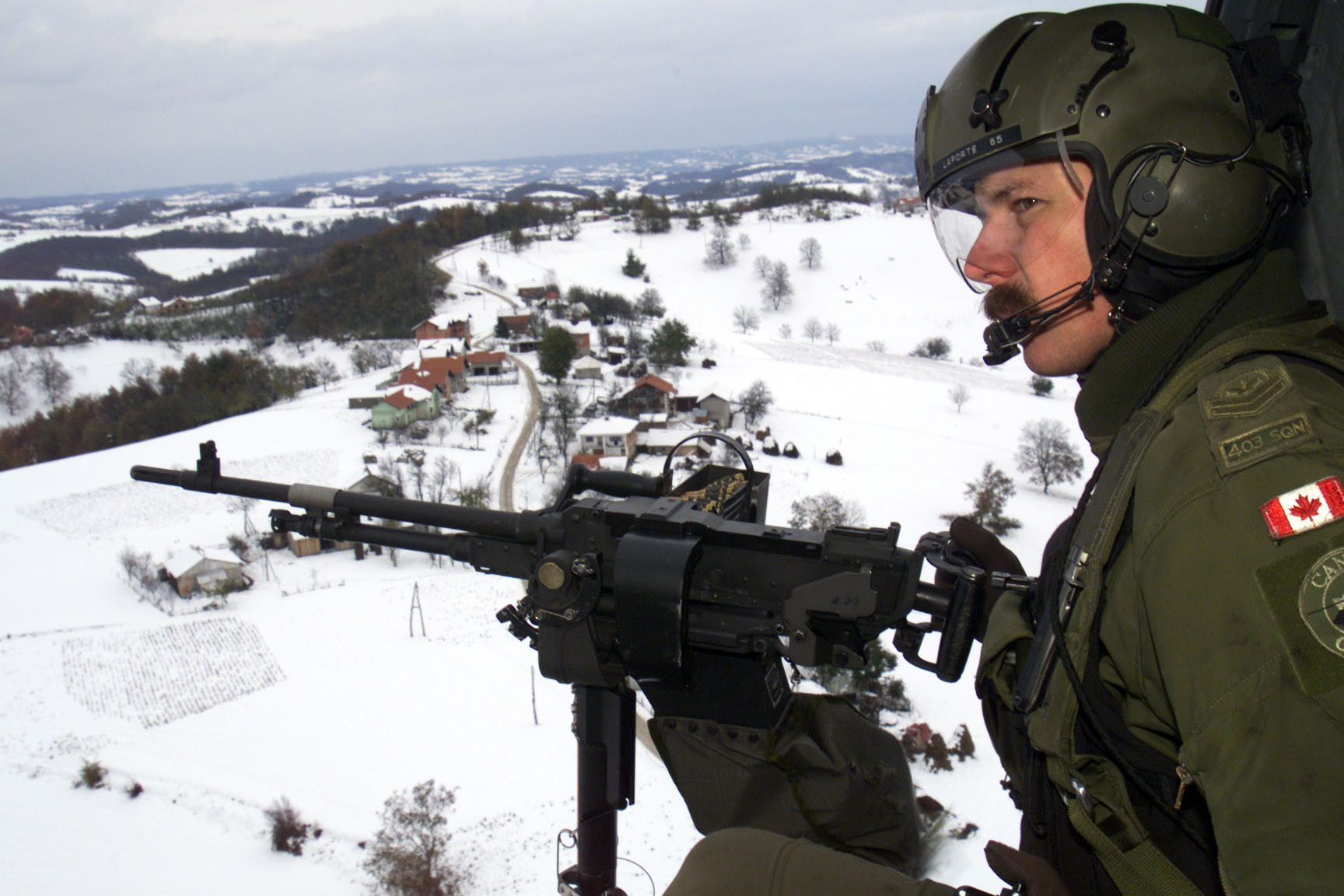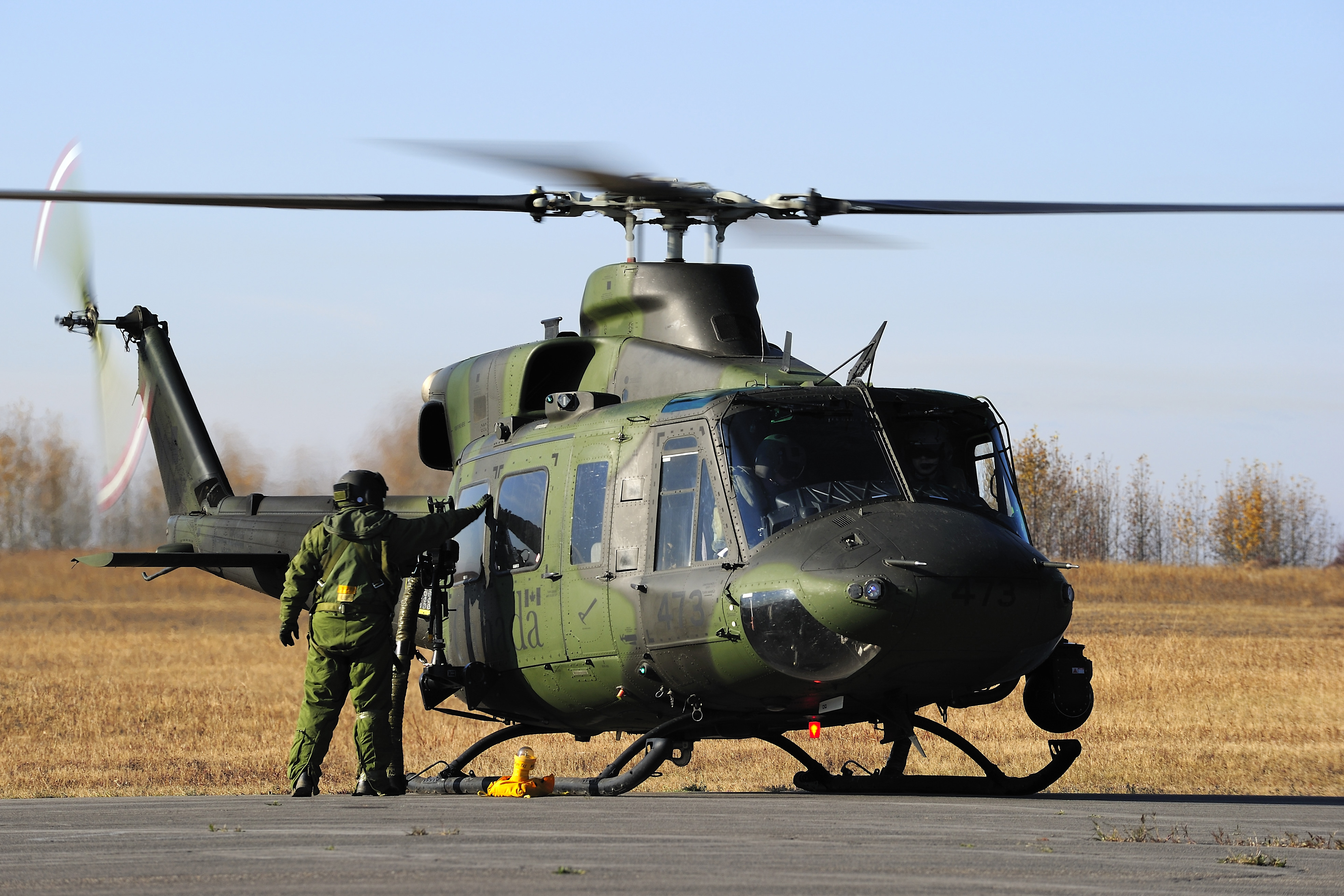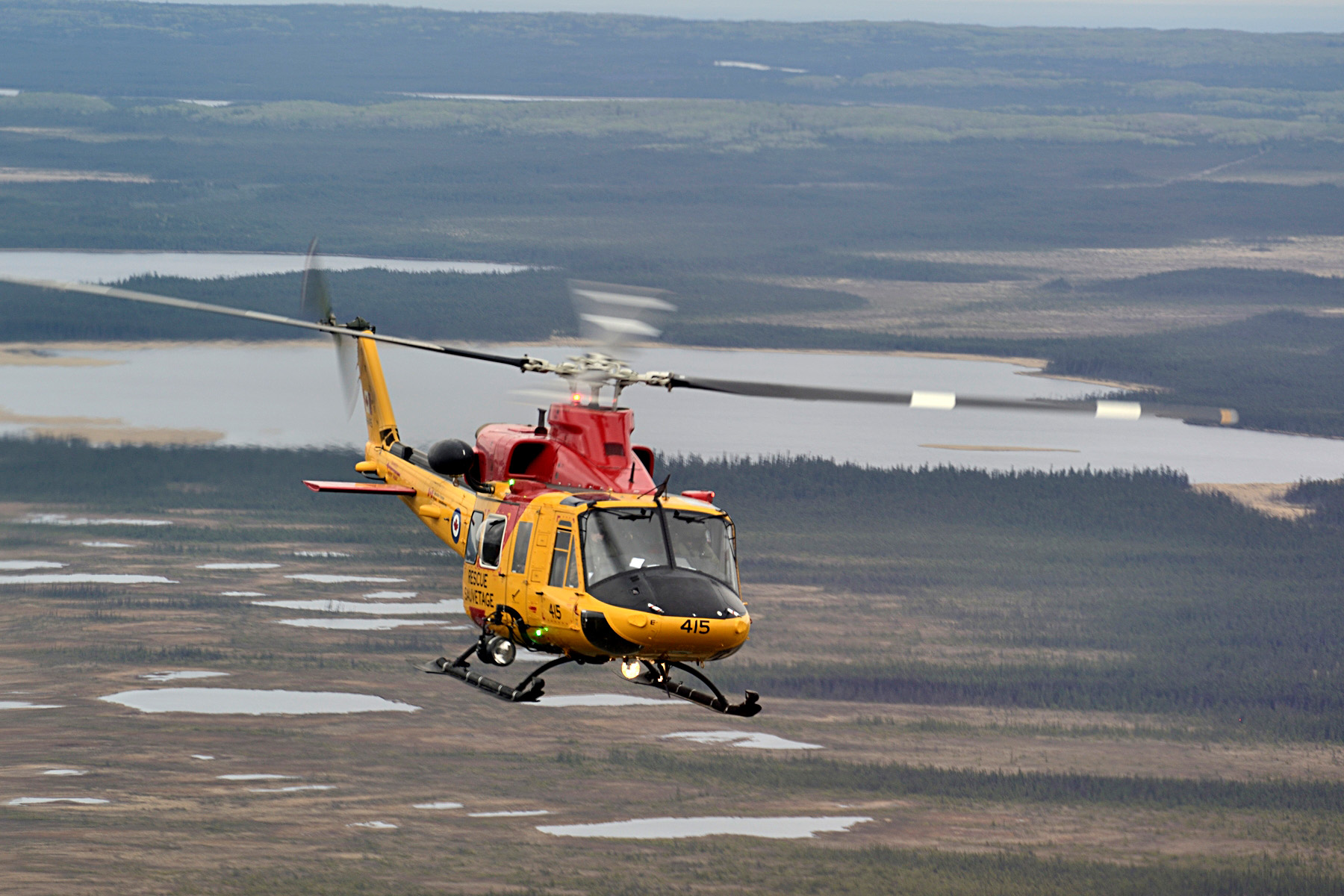Neck pain research yields solutions
From Defence Research and Development Canada
October 31, 2016
Neck pain is a common complaint among CH-146 Griffon helicopter pilots and flight engineers, and the Canadian Armed Forces (CAF) is looking for solutions to the problem.
Experts from Defence Research and Development Canada’s (DRDC’s) Toronto Research Centre and the Canadian Forces Environmental Medicine Establishment (CFEME) have studied this problem that can affect up to 75 per cent of Griffon aircrew, and are ready to provide solutions.
“The neck pain project will deliver credible advice on a variety of solutions to the CH-146 helicopter aircrew chronic neck pain problem that was first noted in the late 90s,” said Dr. Philip Farrell, DRDC defence scientist and project lead. “So the team has taken a systematic approach to finding solutions, starting with a good understanding of the problem.”
Neck muscle overuse, similar to repetitive strain injuries, has been identified as a potential underlying cause of chronic neck pain among aircrew. Aircrew wear heavy and unbalanced helmets that include night vision goggles, counterweights, and other helmet-mounted devices. Flight engineers lean out of the helicopter checking for obstructions, and pilots look down and to the side at the cockpit console over the course of a mission. Performing such tasks over multiple missions with a heavy, unbalanced, high profile helmet may lead to neck pain. The solutions being assessed for their ability to reduce neck pain include better task postures, task sharing, smart scheduling, proper helmet fit, exercise, education, lower profile helmet systems, helmet support devices, futuristic control and display concepts, and passive and active seat cushions.
“We’ve discovered that there is no single silver bullet that will solve this problem, but rather carefully planned integration of two or more of these mitigating solutions will likely reduce the risk of developing or exacerbating chronic aircrew neck pain,” said Dr. Farrell.
The DRDC team has provided credible advice on six of these solutions that the CAF plans to implement, and by the time the project ends in 2017-18 they will have provided stakeholders with advice on all 10 solutions.
“This neck pain project is also of great interest to NATO countries and beyond,” said Dr. Farrell who chairs a NATO research task group on aircrew neck pain. “This is not just an RCAF problem—it’s a worldwide problem, and so it’s nice to know that DRDC, CFEME and Canada are world leaders in finding solutions to improving the health and safety of our aircrew.”



